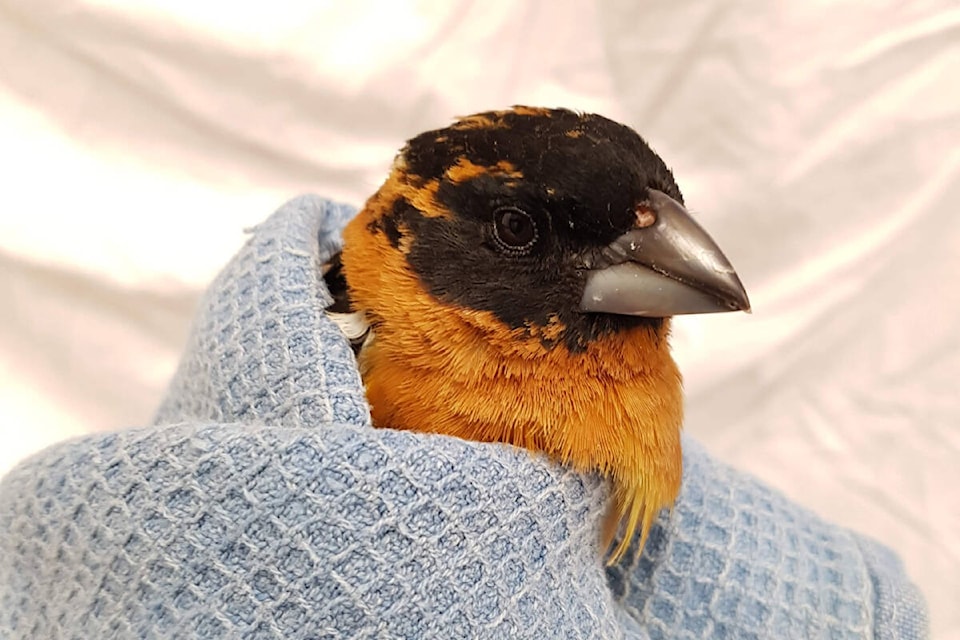As another hot summer makes way for autumn, the ever-reliable deciduous leaves make their annual journey from the highest reaches of their tree before floating down softly to the ground like an orange snowfall.
Nature lovers revel in the beauty and transformative nature of the passing seasons but high overhead, another journey is being completed: this time by dozens of species of migratory birds. Included in this epic journey are songbirds weighing no more than a dozen grams like, and hummingbirds the size of nickels, travelling from as far north as Alaska to wintering destinations stretching from Vancouver Island all the way down to South America.
Some local examples of migratory birds making this perilous journey include the Swainson’s thrush, Wilson’s warbler, and Rufous hummingbird. As most birds are diurnal (the opposite of nocturnal), it may surprise you to learn that most songbirds (in the order passeriformes) actually migrate by night. Nightfall brings a few advantages: fewer flying predators, more stable wind conditions and cooler temperatures to avoid overheating. However, there are hidden dangers to nocturnal migration, almost all of which are human-influenced. Obstacles like wind turbines and energy structures are more likely to be collided with, while urban lights can attract birds, drawing them closer, exhausting them, and making these tiny travellers more likely to suffer deadly window collisions.
What can you do to help migratory birds? One crucial way is to make your home and yard safer by treating your windows with anti-bird collision stickers and keeping your cats indoors. Otherwise, planting native plants, providing water sources, and avoiding pesticide use are other ways to encourage native migratory birds to your area. If you do see an injured bird, be sure to call our hospital hotline at 250-337-2021.
The MARS Annual General Meeting (AGM) is Saturday, Oct. 15 at 11 a.m. at the Merville Community Hall. All are invited to attend, although only members have voting rights. We hope to see you there!
James MacKenzie is the education co-ordinator at MARS Wildlife Rescue Centre
